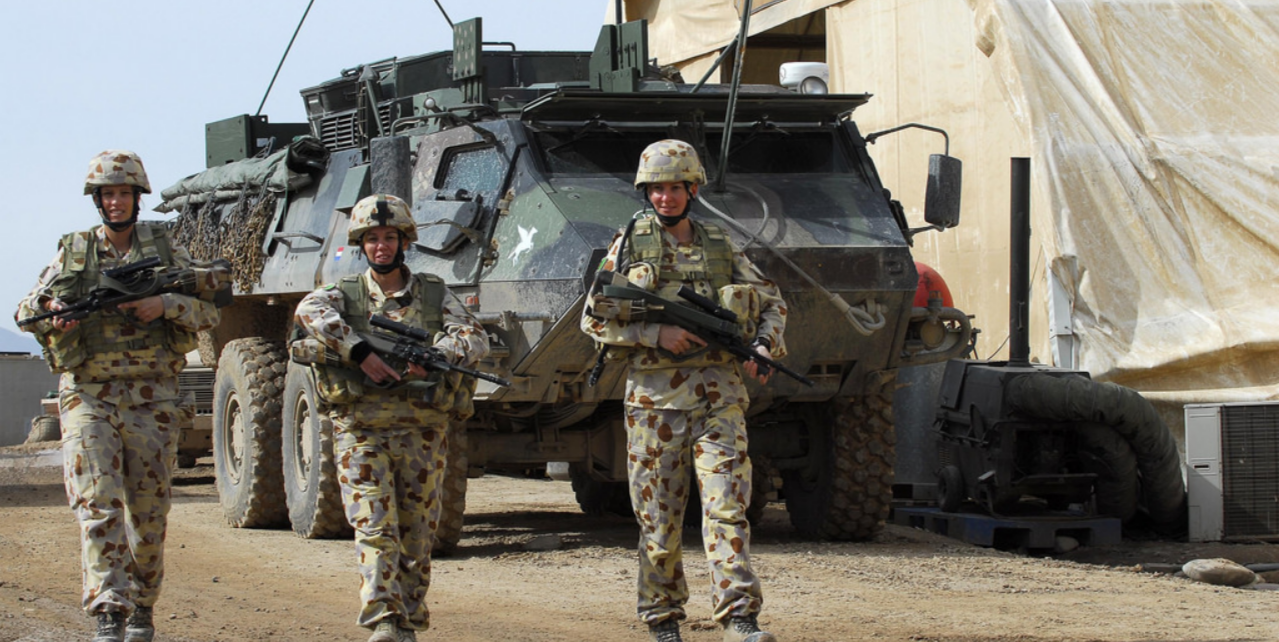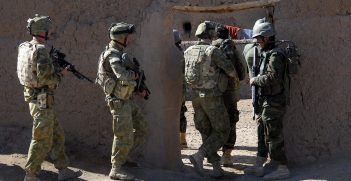Social Contracts and the Australian Civil-Military Relationship

Military covenants try to build civil-military relationships on the foundation of a social contract, but is that true for the Australian Defence Force?
When US Secretary of Defence James Mattis said that members of the military “voluntarily sign a blank check payable to the American people with their lives,” he was concerned about the growing belief in American society that the Armed Forces were their right, but not their responsibility.
In Australia, troop deaths in combat remind the public of the terms of employment of Australian Defence Force (ADF) personnel and raise the question of commensurate compensation. One community group is committed to the task of developing a ‘military covenant’ to articulate these terms and compensations based on the idea that the ‘unique nature’ of military service is an invocation of a social contract. But is a social contract really at the heart the Australian civil-military relationship?
The link between social contracts and civil-military relations arose through the emergence of military covenants in the 2000s. What these covenants try to do is to articulate the civil-military relations triangle (government, military and the public) though the language of a social contract. But in the Australian case, this is problematic.
Where the social contract is the foundation of the civil‐military relationship, the armed force exists as an insurance policy invoked only in times of war. This insurance policy is the institutional model: the institutions being national defence and a citizen military force. But where that insurance policy is only activated irregularly and where a standing army is still maintained, as it is in Australia, the armed force is understood to exist in isolation from warfare. This is the occupational model.
The call to ‘support the troops but not the war’ is an example of the absence of the social contract in underwriting the maintenance of a standing army, where the armed force is conceptualised as a profession. Therefore, when the institutional/occupational pendulum swings to the occupational model, the likelihood of a contractual arrangement decreases. The trouble is that the ADF has traditionally shown signs of both professional orientations (known as ‘the pragmatic professional’). Despite a slight swing to the institutional model in the decade following 9/11, a correction would be expected following the post-deployment reconstitution of the force since 2013.
Another test of a contractual arrangement is examining the relationship through the concepts of identity and mobility. Identity, in the ADF experience, is the binary existence of the labels of ‘military’ and ‘civilian’. Mobility is the fluidity of the identity; that is, the ability to move between being military and civilian throughout one’s life and the assumption that there are no ideological or political barriers to doing so. However, if mobility is possible in Australian society, any presentation of a contractual relationship between the military and public may be obscured and the two parties may not appear as distinct polities, but intra‐social subcultures. This makes it hard to identify who is playing what role in the contract.
So how do we identify a contract in the ADF-public relationship?
We can approach from both sides: the concept side and the evidence side. On the concept side, we can start with a contractual model and look for variants, for instance:
- Single variant: where the contract is largely obligatory and where the public provides taxes for the maintenance of a standing armed force but abnegates any further involvement in its use.
- Multiple variant: where the relationship is both contractual in terms of collective security and communal where there is investment in common values and assistance.
- Dynamic variant: where the contract largely reflects a commercial arrangement in which the members of the ADF receive financial and material gain for service to a high-risk environment, but where the public also demonstrates charitable behaviour at specific times to injured and/or honoured ADF members.
Or we can look to the evidence of the responses of the Australian public to high-profile military events. Early findings from my research show that the Australian public has two simultaneous conceptualisations of the ADF: ordinary and elite; that is, ‘like them’ and ‘not like them’. If this is the case, then the institutional-occupational thesis and the military-civilian binary are not so polarised and the issue of mobility becomes prominent. This presents a problem to the ADF in policies including recruiting, discipline, specialisation and transition, and to the public in providing the labour force, supporting the dispatch of troops to war, receiving veterans back into the community and supporting tax-funded remuneration, awards and subsidies.
Military covenants have not produced a useful understanding of the civil-military relationship, primarily because they assume a contract involving certain rights and responsibilities for which there is little evidence. In Australia, the institutional/occupational thesis restricts the likelihood of contractual relationship to institutionally-oriented models. The concepts of identity and mobility obscure any presentation of a contract when the parties cannot be distinguished. As long as the lack of clarity on the relationship between the ADF and the Australian public continues, it would be wise not to cash the blank cheque.
Cate Carter is a PhD candidate at Deakin University and an Officer in the Australian Army. She is Managing Editor of the ‘Australian Army Journal’ at the Australian Army Research Centre.
This article is adapted from the author’s presentation “The Social Contract and The Australian Civil-Military Relationship” at the International Political Science Association World Congress on 21-25 July.
This article is published under a Creative Commons Licence and may be republished with attribution





